Architecture Forecast: Will Wonderland Whimsy Overtake the Concrete Block?
Architects: Want to have your project featured? Showcase your work through Architizer and sign up for our inspirational newsletter.
Box-like apartment buildings are seemingly becoming a thing of the past. Innovators are finding ways to break away from the ubiquitous stacked housing plans and flat elevations to create new typologies of buildings that are interactive and playful while being extremely functional.
Colored walls, polygonal projections, mixed materials and quirky forms are just some of the methods that designers have used to create a new typology for housing complexes. These also help create new ways of looking and ventilation, connectivity and circulation in these spaces. The following collection highlights eight residential buildings that are breaking out of the boxy apartment block mould.
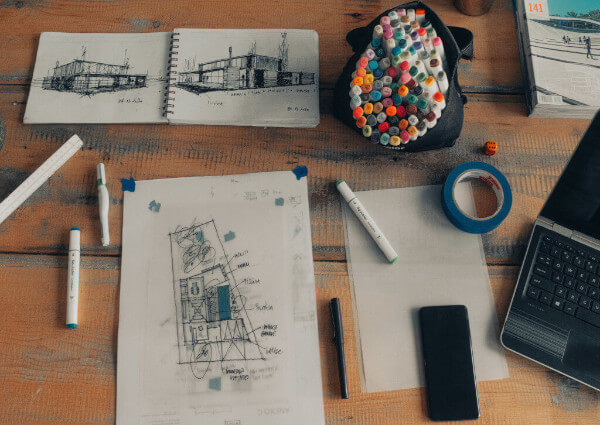
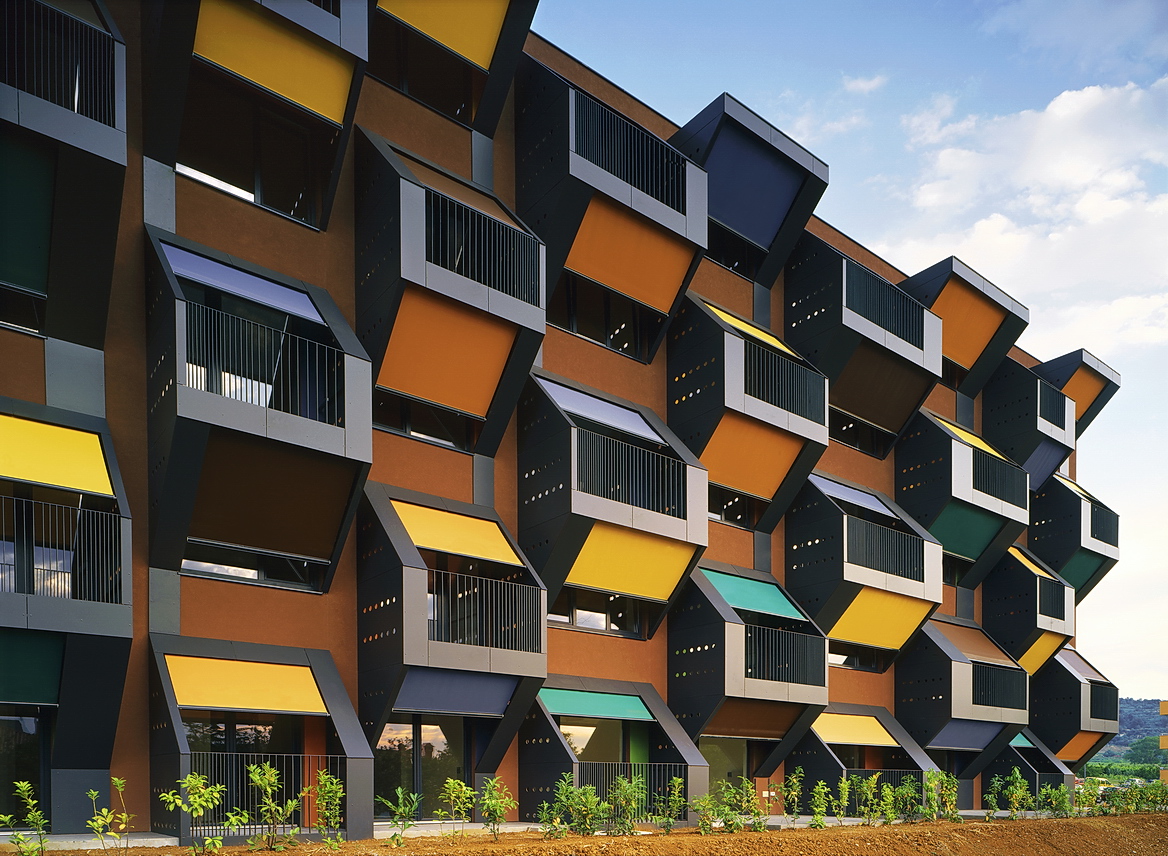
Honeycomb Apartments by OFIS architects, Livade, Slovenia
The housing complex is arranged to make sure that each of the thirty apartments has a private balcony. These staggered projections have textile shades that create intimate alcoves. With perforations on the side for ventilation, the terraces allow inhabitants to interact with the surroundings. For those approaching the complex, the colorful spectrum of panels on the balconies make the composition come alive.
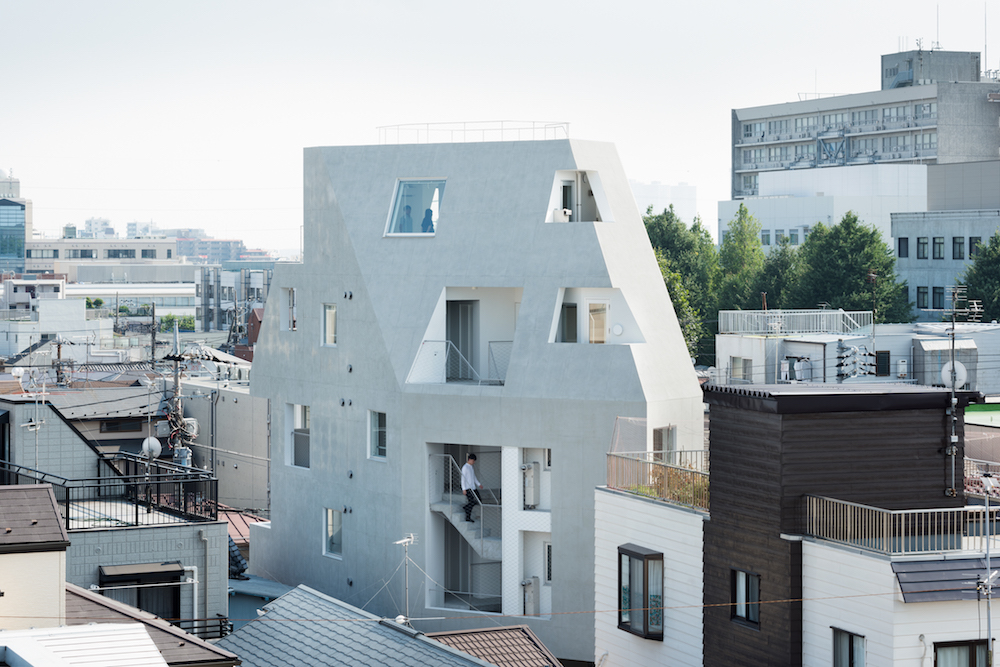
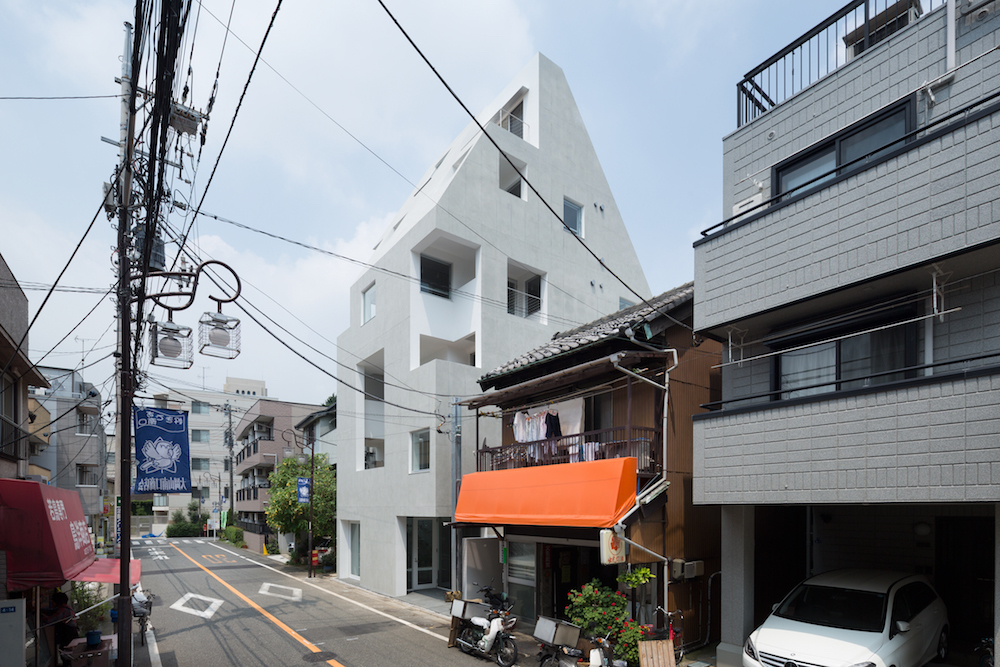
Images by Takumi Ota Photography
Kitasenzoku Apartment by Tomoyuki Kurokawa Architects, Ota, Japan
This architectural complex for students looks like a mass of concrete with cuboidal voids and cutouts. It houses shared rooms, an office for clients and staff residences. The volume of the building was shaped by the requirements of the spaces within, and the voids were formed in the gaps between these functions.
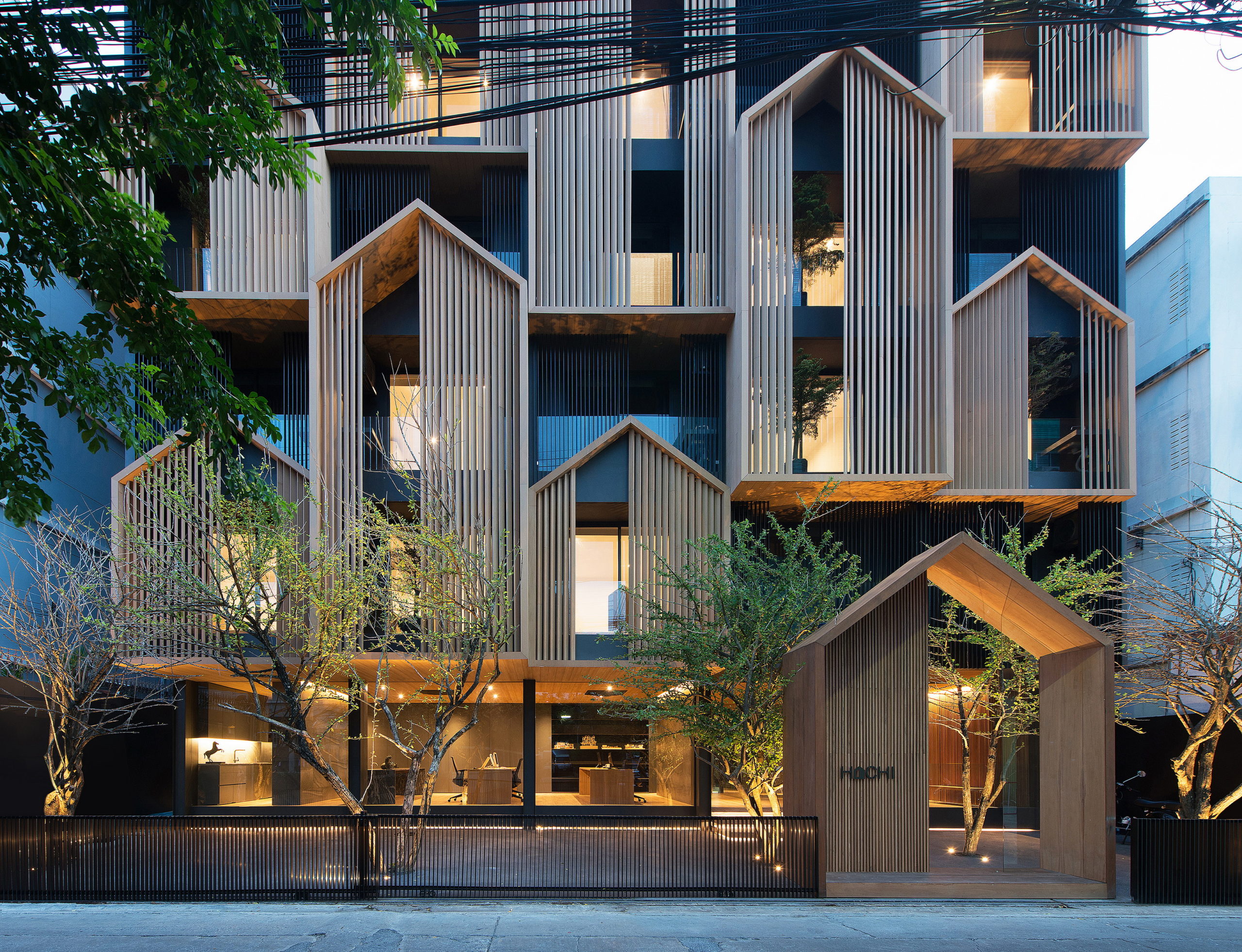
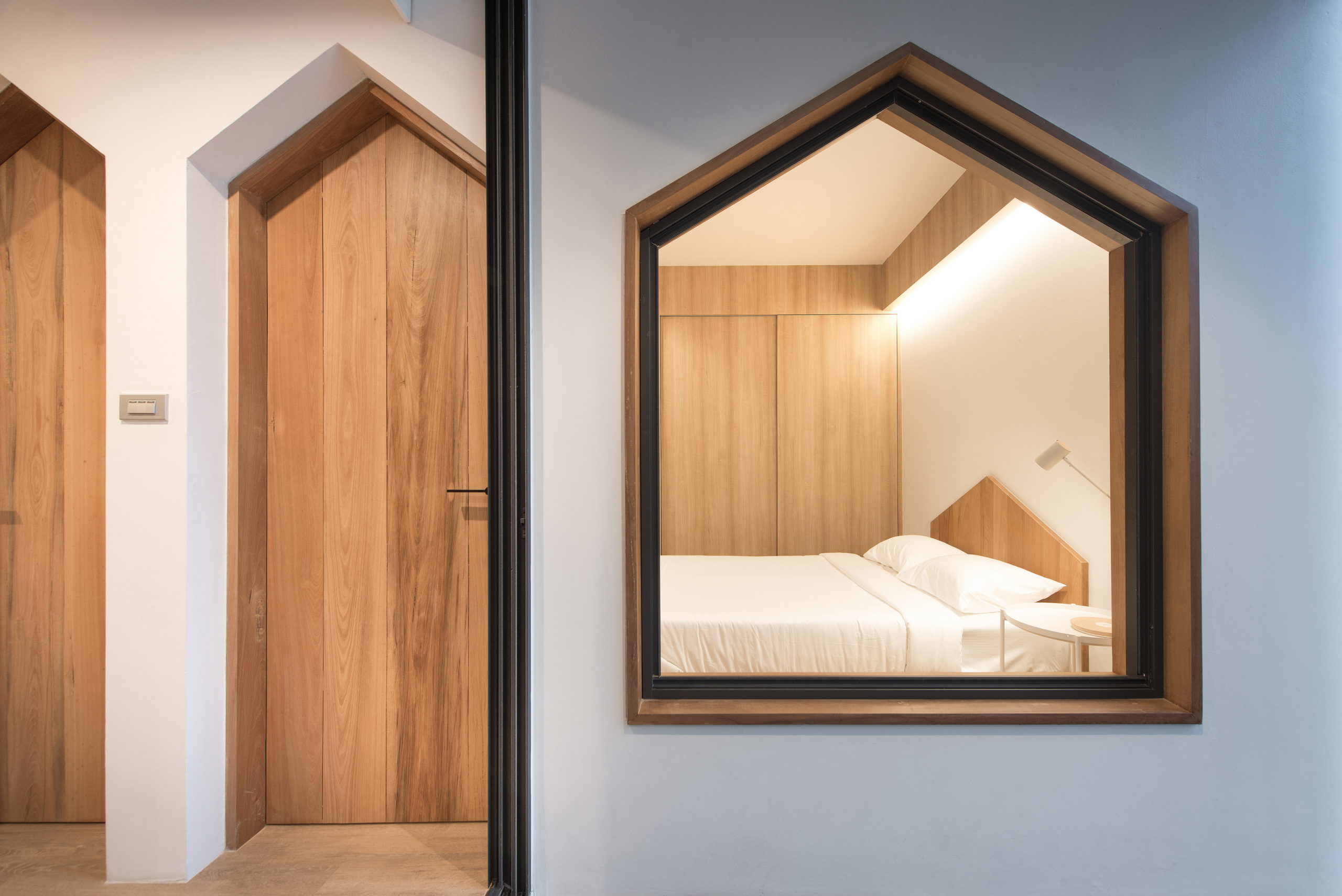
Images by Rungkit Charoenwat
Hachi Serviced Apartment by Octane Architect & Design, Bangkok, Thailand
Popular Winner, 2019 A+Awards, Residential – Apartment
This project plays with different variations of the conventional house shape to create a memorable statement façade. All the openings in the internal spaces also play with the same profile to create fenestrations within. Even elements like headboards have the same geometry, which ties the design together as a unified whole.
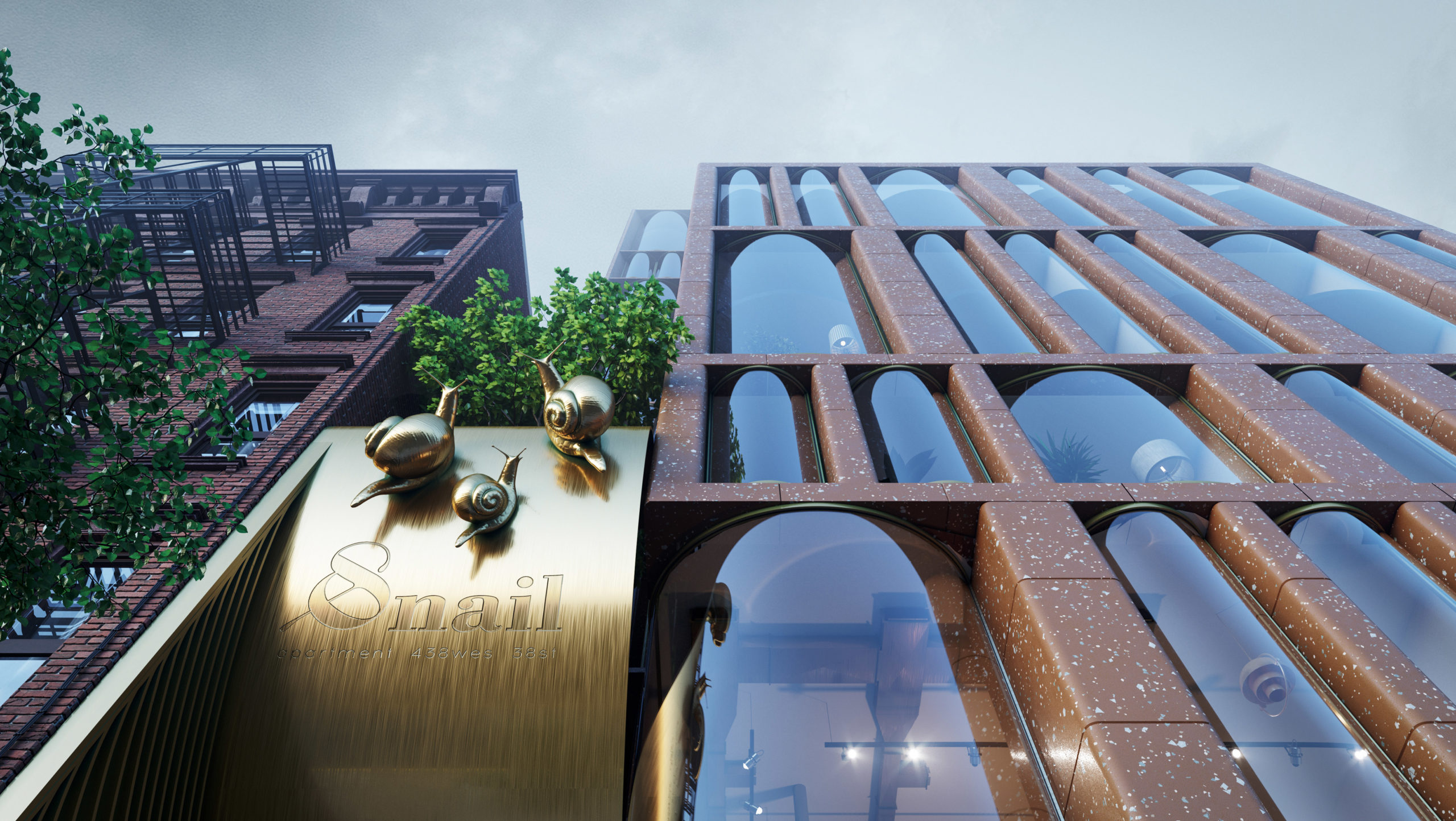
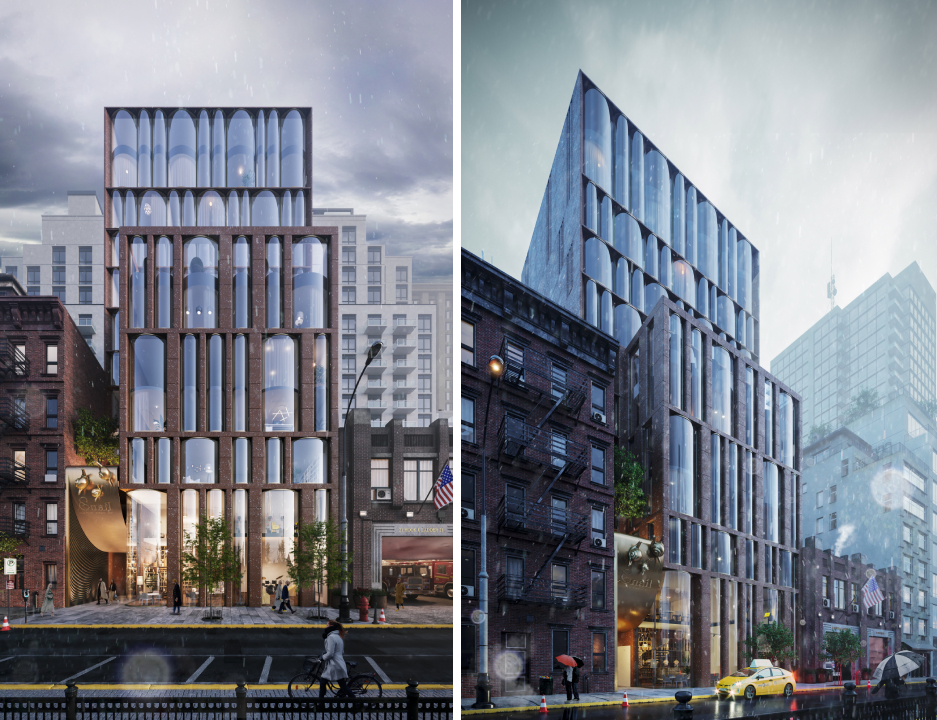
The Snail Apartments by archimatika, New York City, New York
This studio merged the aesthetic of old New York houses with that of modern skyscrapers to create a structure that would easily blend with the different types of buildings found in the neighborhood. It houses apartments of various sizes, catering to residents across several social classes and fostering a greater sense of community.
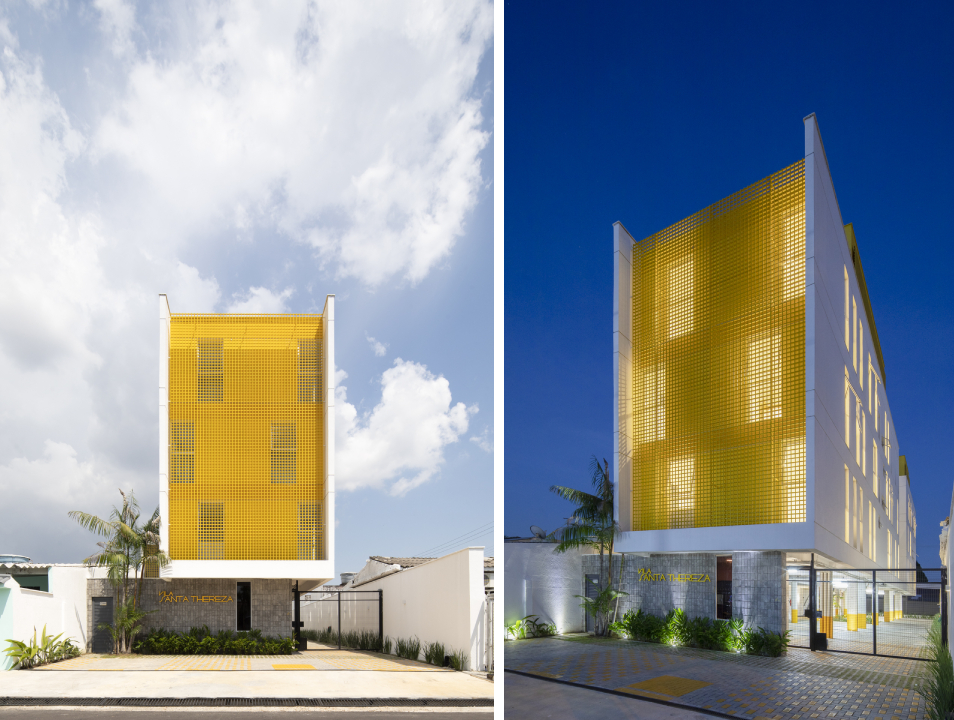
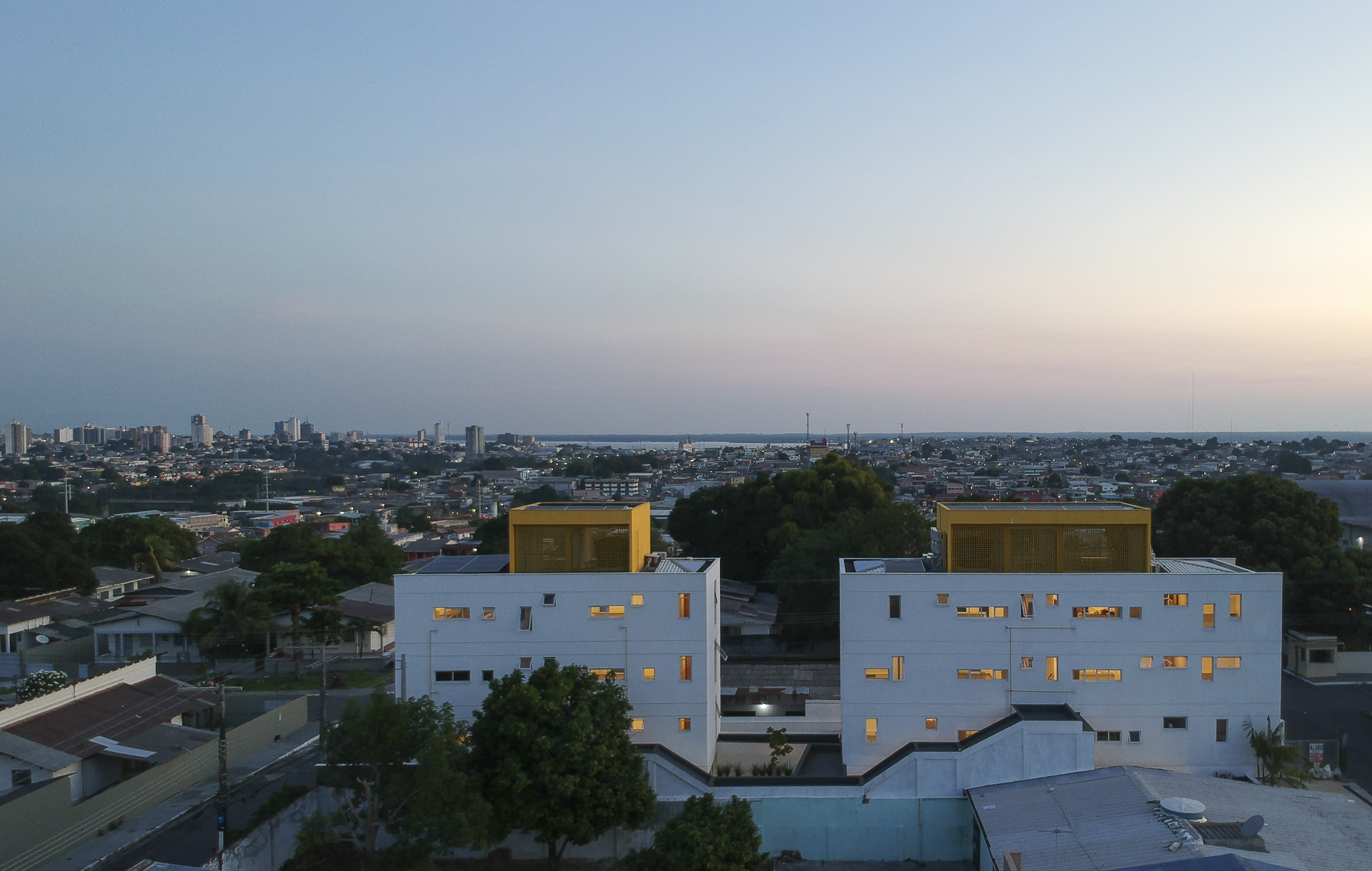
Images by Maíra Acayaba
Manga Building by Laurent Troost Architectures, Manaus, Brazil
A vibrant yellow and white exterior makes this building stand out among the neutral-toned houses in the surrounding neighborhood. It has a total of 12 apartments in four different sizes, encouraging for a mix of residents. Each floor contains two apartments that are built around a central void. The metal grid is placed on the eastern and western elevations to filter light; the luminescent screen creates a yellow halo when the sun rises or sets.
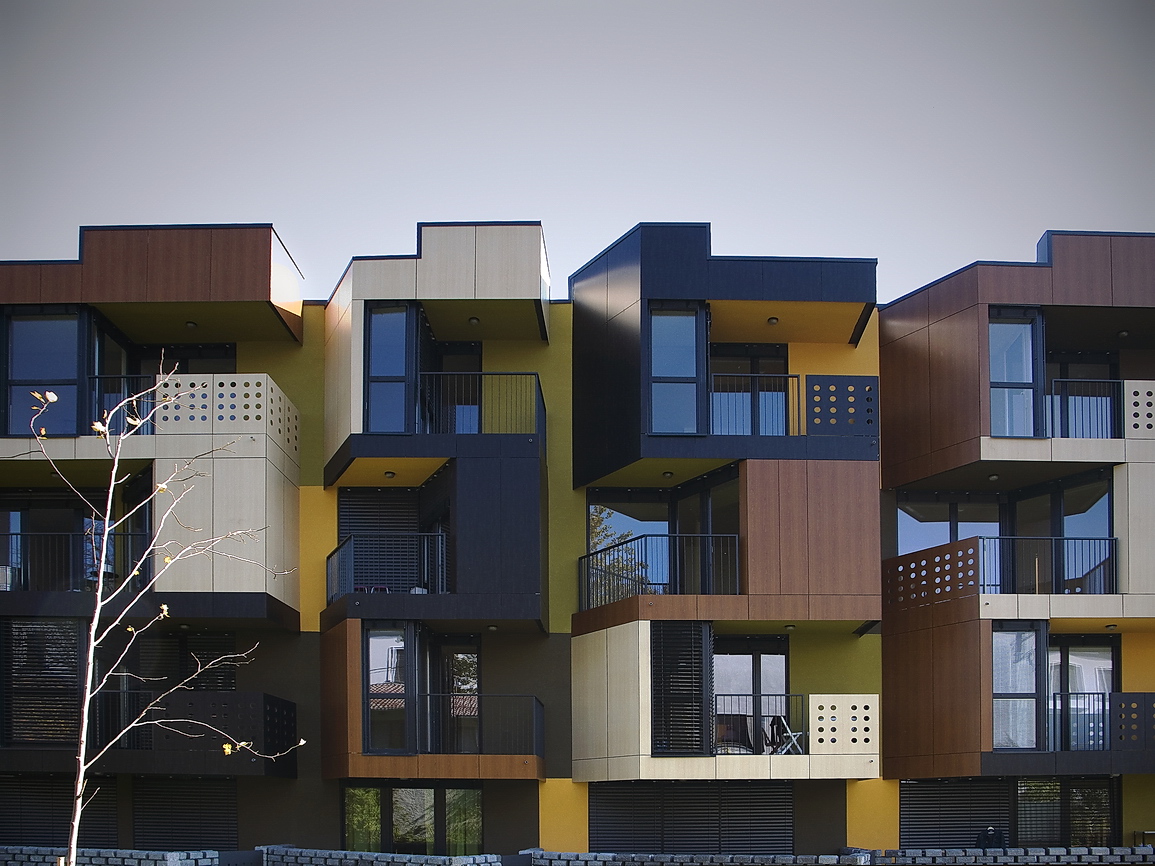
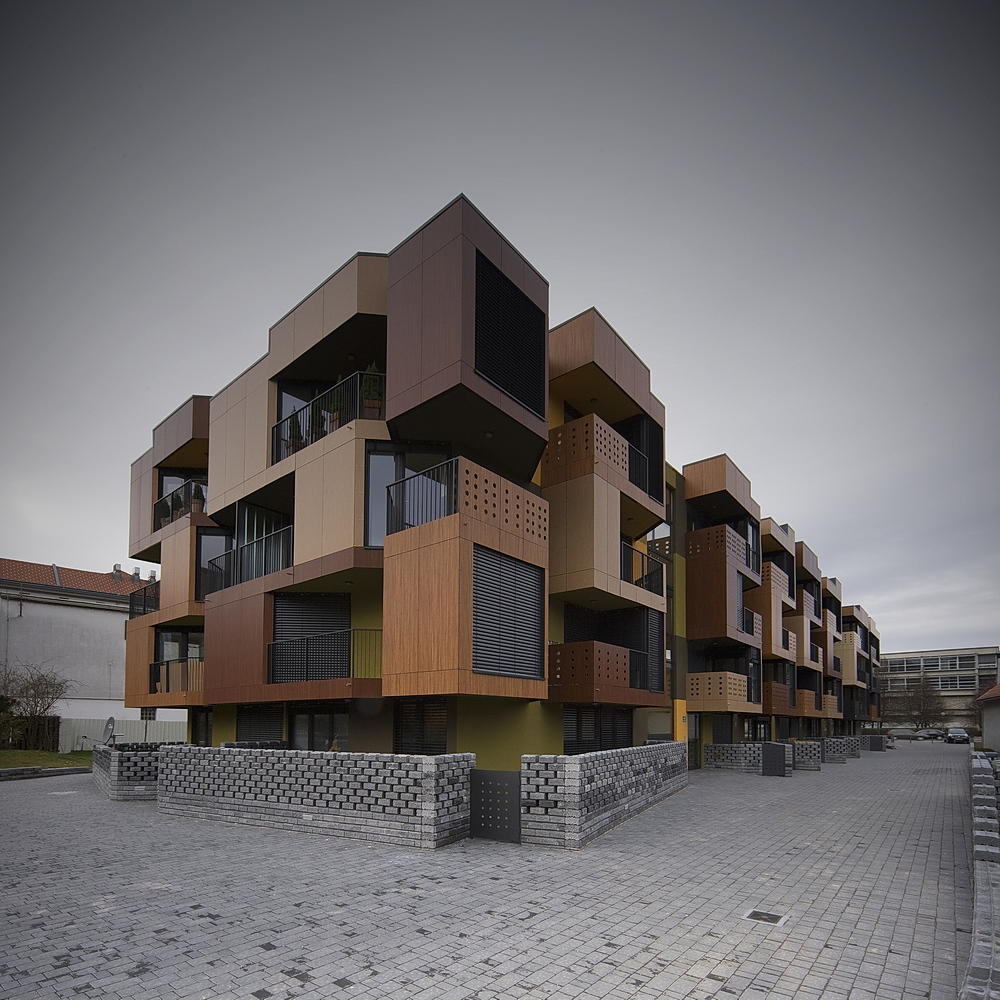
Tetris Apartments by OFIS architects, Ljubljana, Slovenia
Much like the game that they are named for, the homes in this four-level structure look like they have been slotted into one another. The balconies are angled at 30 degrees to orient the houses in the southern direction which is away from the busy highway. Colored wooden panels and perforated balconies add some playfulness to the overall geometry.
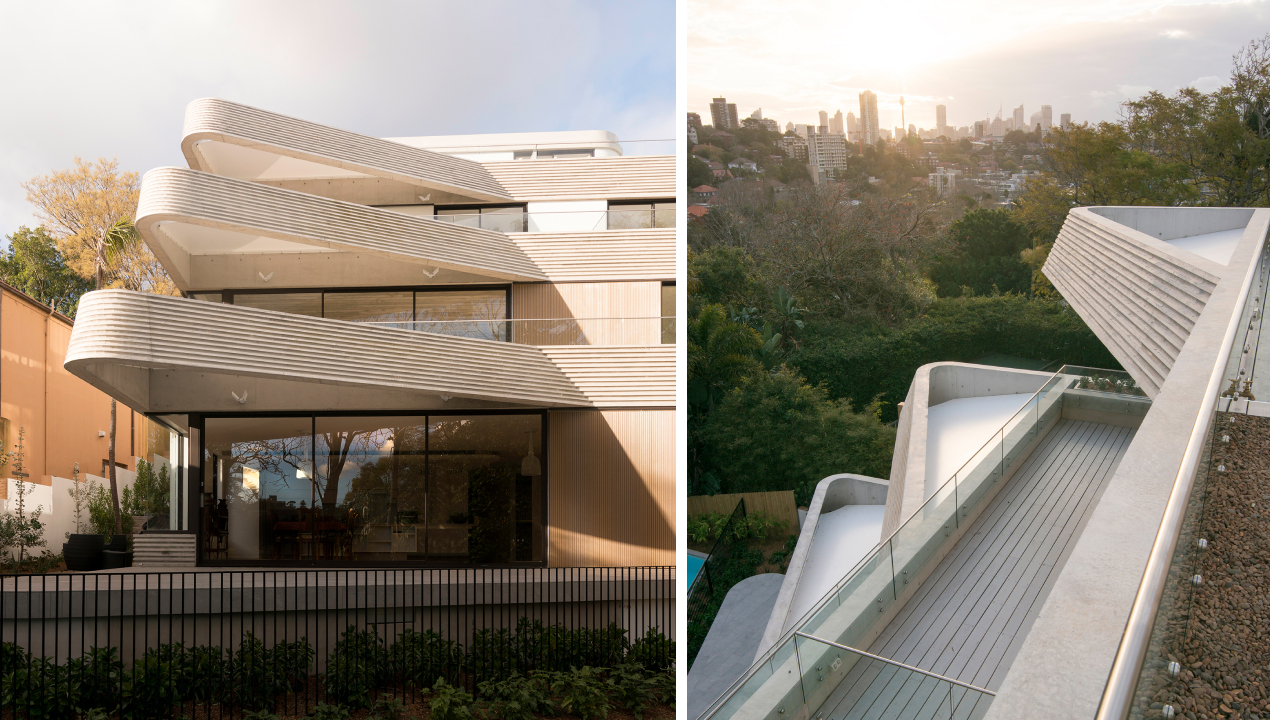
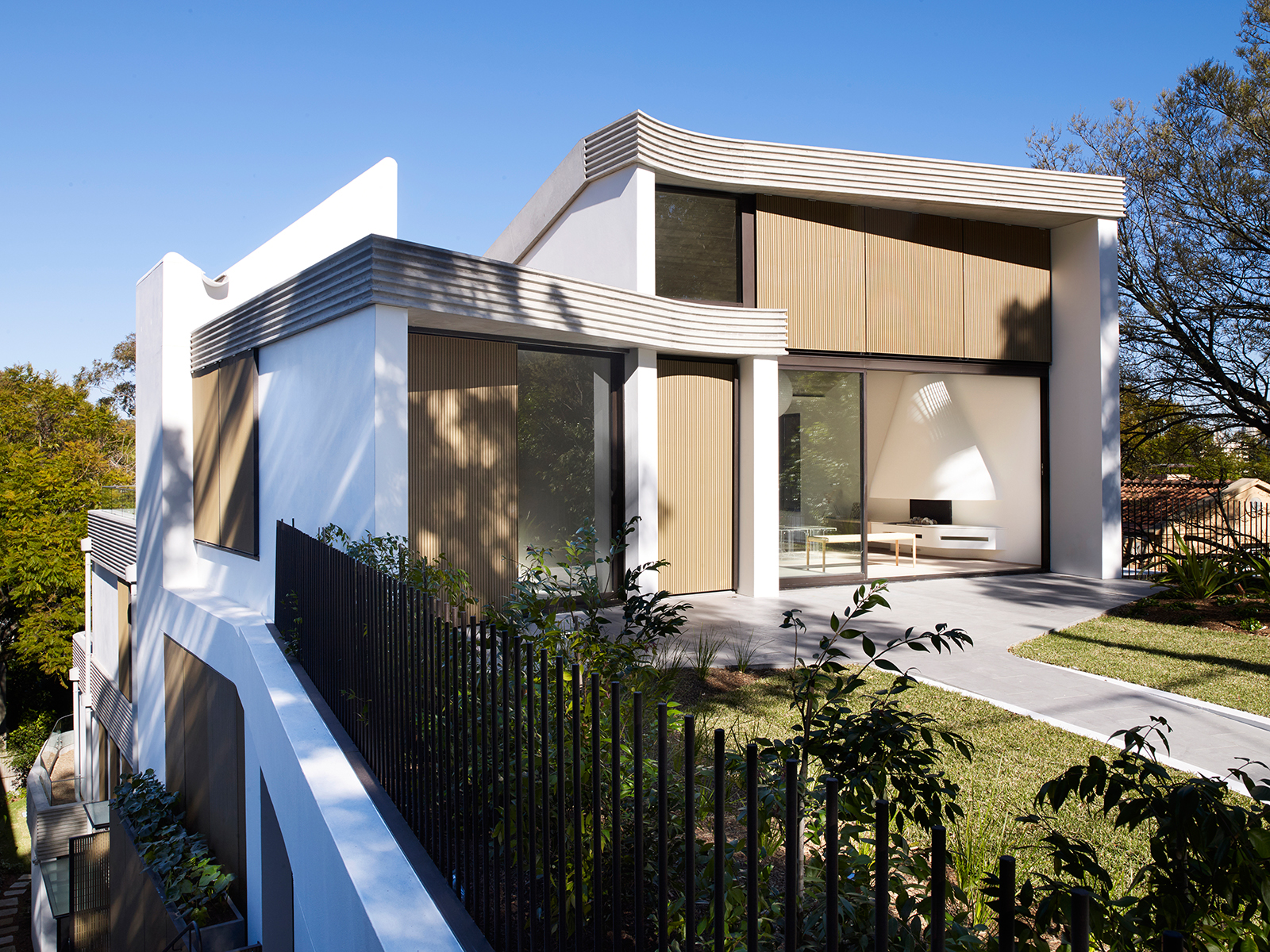
Images by Prue Roscoe, and Edward Birch
The Triplex Apartments – Stepped Residences on a Steep Hill by Luigi Rosselli Architects, Sydney, Australia
Unlike conventional apartment buildings, this project is defined by a staggered approach to massing, which takes into account the site’s natural contours. This design provision creates large private terraces for residents. The street-facing elevation has curved projections to make the structure look more open and inviting.
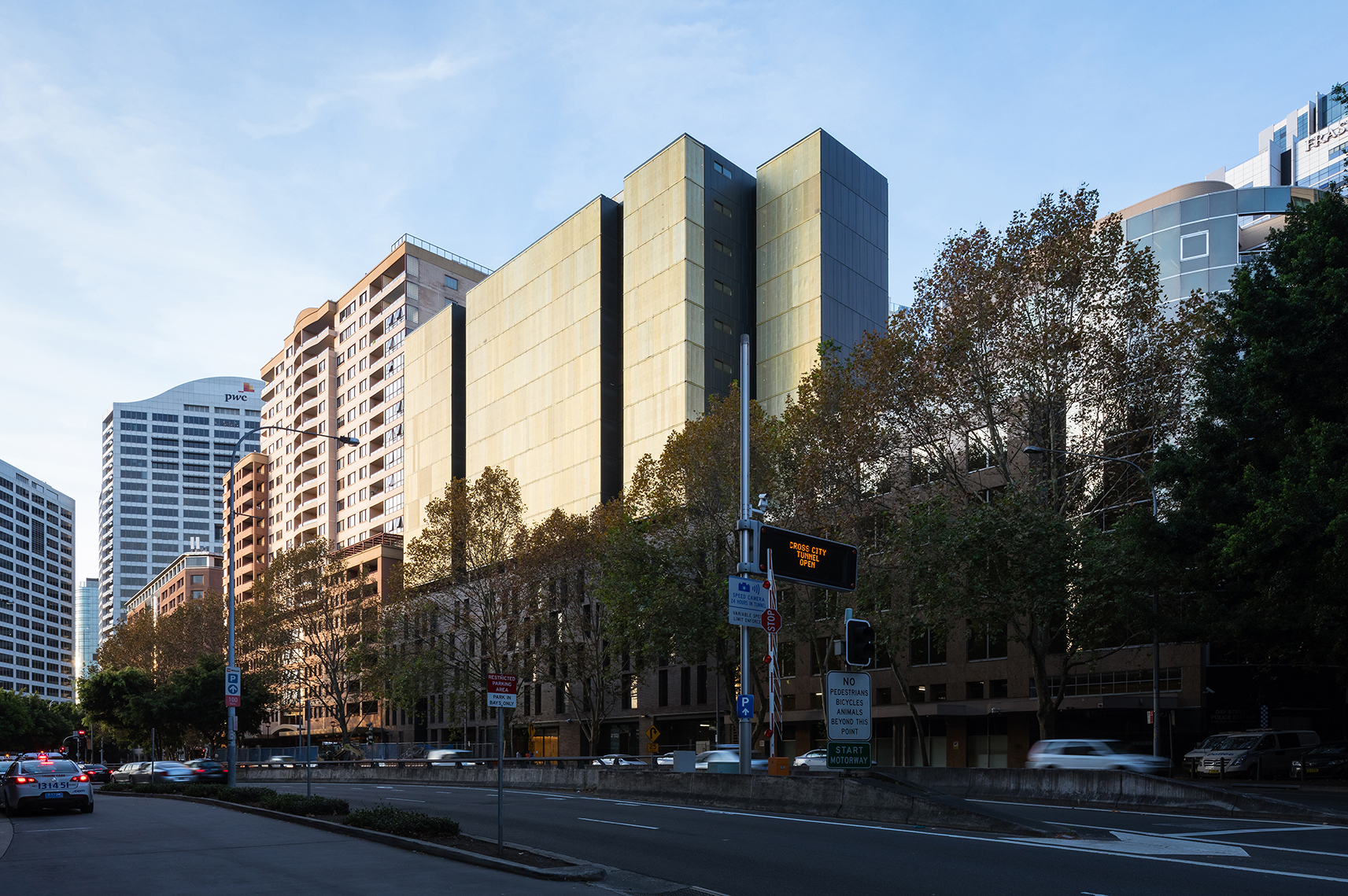
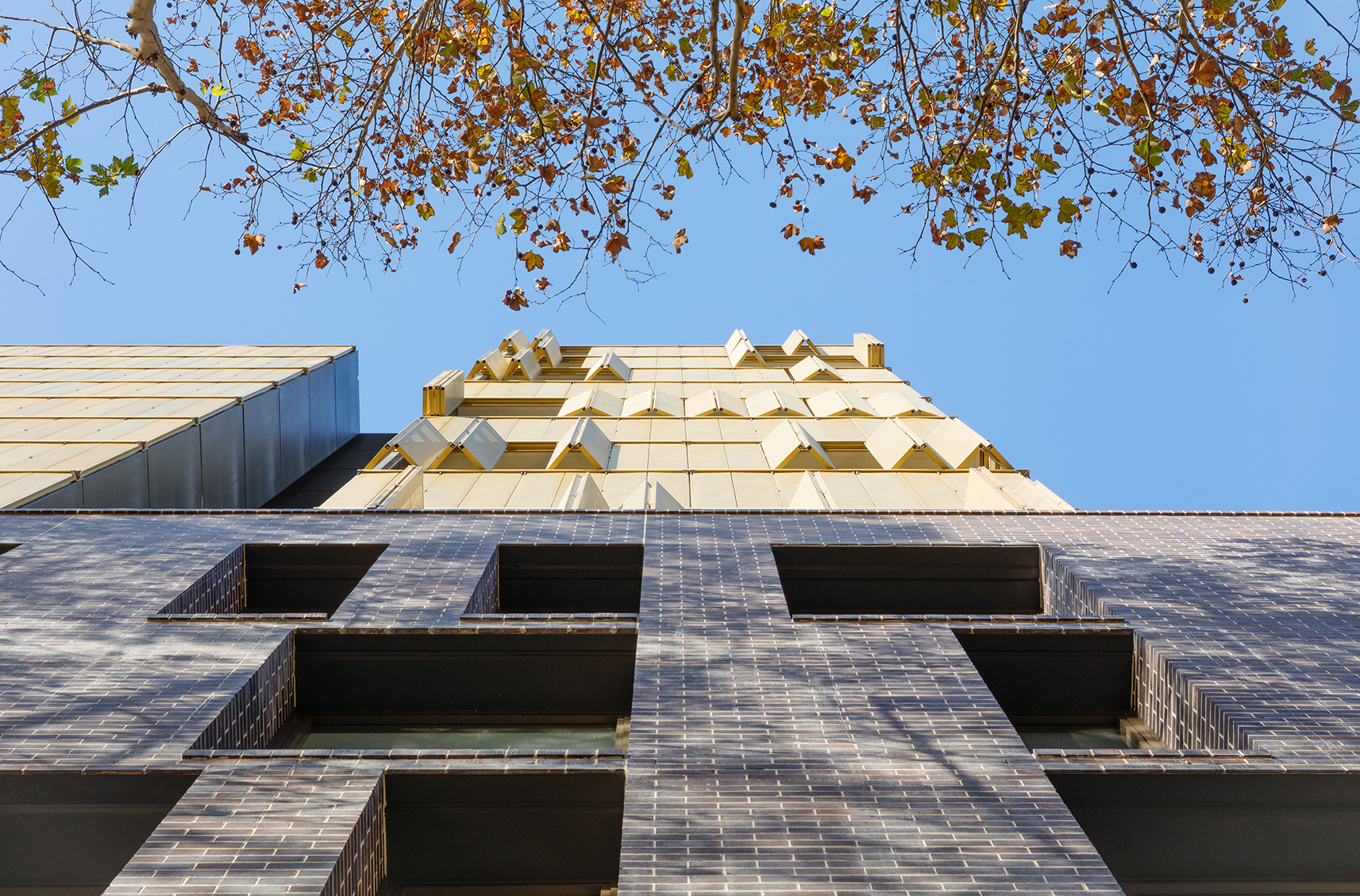
Day Street Apartments by Tzannes, Sydney, Australia
Anodized aluminum shutters are the main feature of this mixed-use building. The foldable panels filter the light entering the structure. The brick façade on the lower floors visually anchors the design while the shutters on the top balance the dense mass below.
Architects: Want to have your project featured? Showcase your work through Architizer and sign up for our inspirational newsletter.
The post Architecture Forecast: Will Wonderland Whimsy Overtake the Concrete Block? appeared first on Journal.
Noru // K-Thengono Design Studio
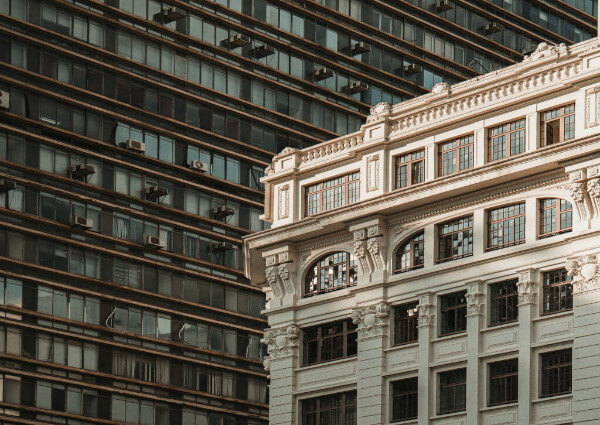
Project Status: BuiltYear: 2021Size: 0 sqft – 1000 sqft
Text description provided by the architects.
Noru is an elevated lounge and garden space for an existing hotel rooftop in Kuningan, Indonesia. Throughout the city of Jakarta, the buildings are getting taller, the infrastructure is improving, and the human population is continuing to increase — but there is less development of green space compared to its growth.
© K-Thengono Design Studio
© K-Thengono Design Studio
The result is poor air quality, which brings unhealthy lifestyles to citizens. The vision of the project is to bring the natural elements back to the city, providing an ecosystem that cleans air pollution at the same time.The design embraces the panoramic skyline by using overlapping overhead planes. They act as a shelter from the rain and protect the space from over-exposure during the day.
© K-Thengono Design Studio
© K-Thengono Design Studio
However, the different elevations still allow daylight to bounce into the semi-outdoor space. The topographical platforms compromise the aesthetic appearance of the overhead planes, but also help to define seating group typologies. Together with natural stone, wood, plants, and trees in custom planters, they complete the elevated garden as a whole..
© K-Thengono Design Studio
© K-Thengono Design Studio
Noru Gallery
The post Noru // K-Thengono Design Studio appeared first on Journal.
Did you miss our previous article…
https://thrivingvancouver.com/?p=169